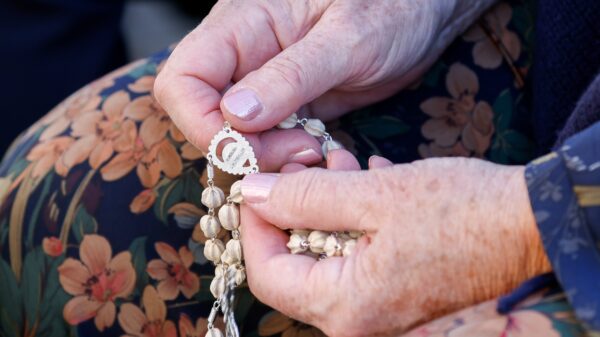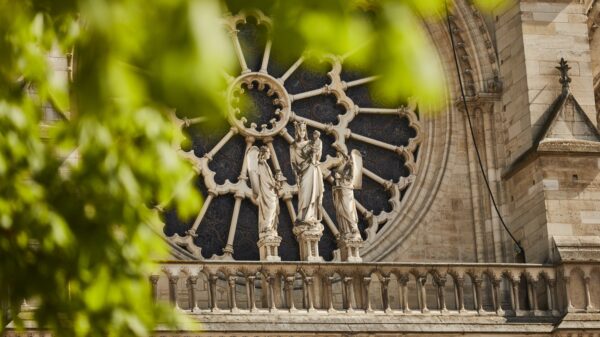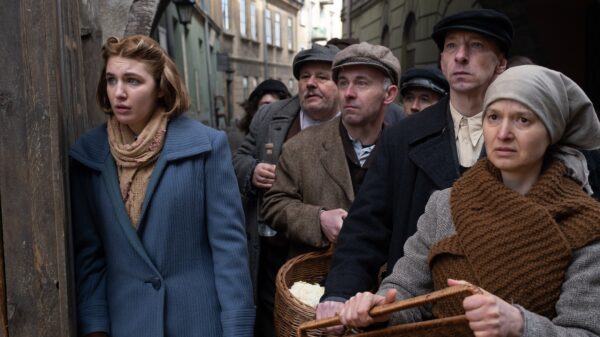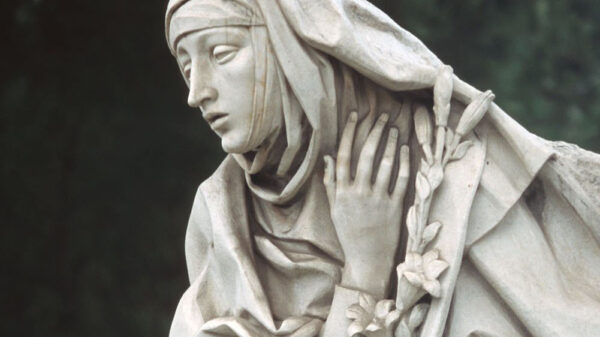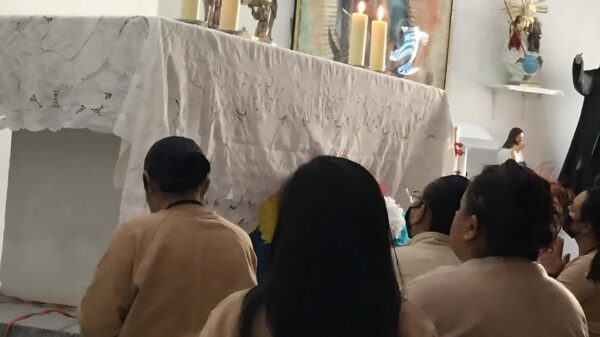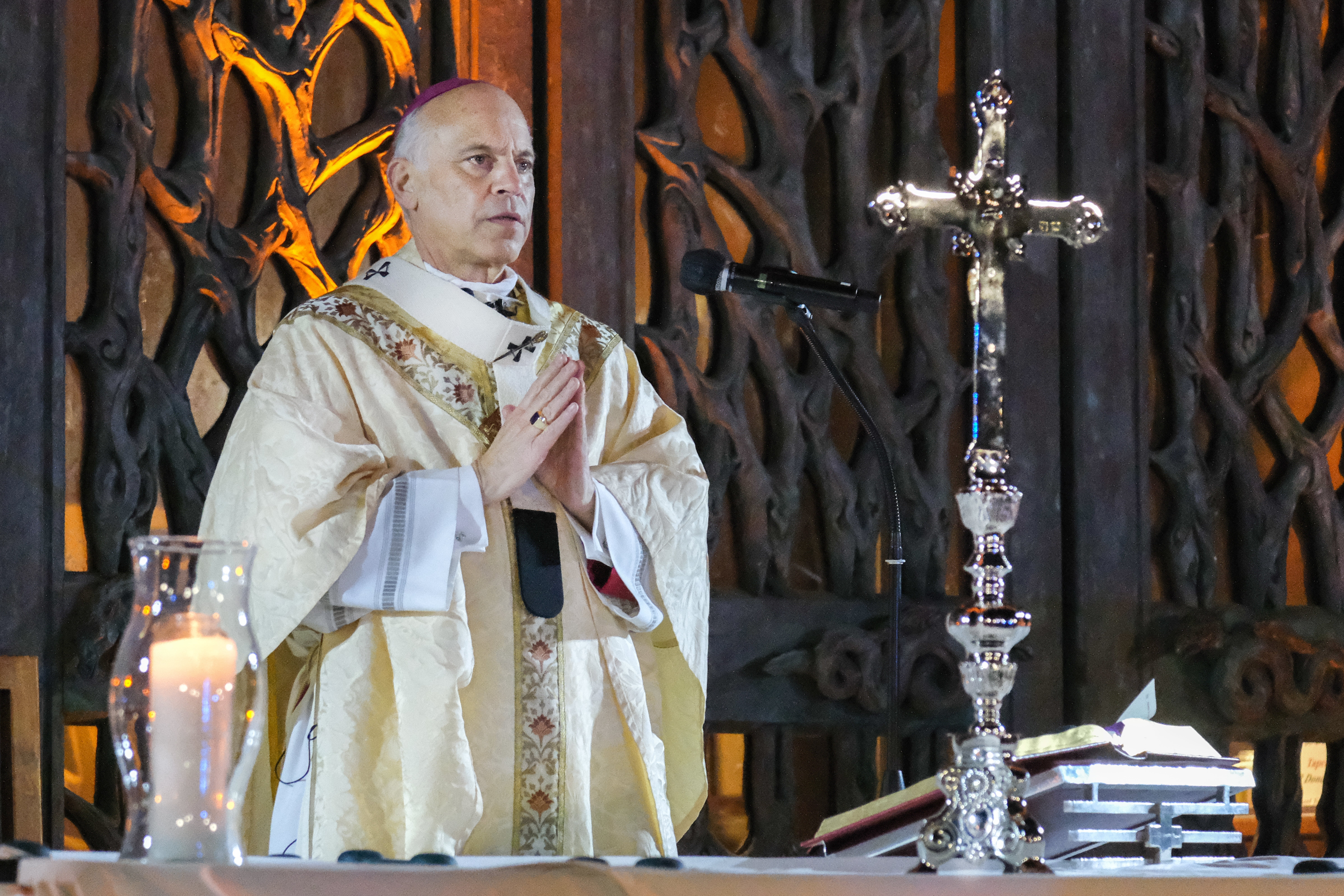Amid the distractions of everyday life, it is easy to miss the treasure of timeless wisdom the church has in the form of spiritual works throughout the centuries. In reflecting upon new habits to be formed as the new year commenced, I resolved to make some time to explore these ancient truths by revisiting one Catholic spiritual classic a month.
For many, the month of January meant making a fresh start at something or seeking out new perspectives. In that vein, I decided to begin this journey with a spiritual classic that dramatically altered the way I viewed religious life when I first read it years ago.
“A Right to Be Merry,” written in 1956 by Poor Clare Mother Mary Francis (1921-2006), makes the bold association between hilarity and cloistered nuns in a vibrant look at her community of Poor Clare nuns in Roswell, New Mexico. The book’s title comes from the words that mystic Margery Kempe of Lynn, England, said were spoken to her by Jesus: that her enclosed life with him gave her “as great a right to be merry as any lady in the world.”
In her window into this largely hidden life, Mother Francis contends that a good sense of humor is a necessary aspect of their unique vocation and shows this with an examination of the joys that come with a calling that seems radical to many. Her discussion of community life includes amusing tales of nuns clambering up trees and chasing down sewing implements.
“A real sense of humor is what balances the mysteries of joy and sorrow,” she writes, calling it an ability to distinguish the important from the unimportant in a life aimed at growth in virtue. Those who persevere in their vocation are able to see the delightful nonsense in the every day and laugh at themselves in their missteps. The book illustrates how the rules and discipline that govern cloistered life hold joy and merriment.
She presents the paradoxical image near the book’s outset of a young novice in her bridal finery on the day she takes the habit begging for the “privilege” of a life of penance.
Penance is bound up with love and joy because it is viewed as a reordering of oneself toward God. The book dispels images of hairshirts and long fasts, even cautioning against the regular performance of extreme penances that can lead to pride in one’s own virtue.
The nuns’ common penances include rising early to pray the Divine Office and simple fasts accompanied by the honest confrontation of one’s faults that comes out in the close quarters of community life. Mother Francis notes that because the Poor Clare cannot lose herself in a flurry of outside activities, she finds herself — and in this penitential self-discovery, she also finds God, which is a great joy.
In addition to this privilege of doing penance, the nuns embrace obedience to their superior. Mother Francis contends that it is not so extreme a vow as it may seem, and she points out the rules by which people are bound in the secular world from parental rules in childhood to the rules governing the workplace in adulthood. The Poor Clare nun has chosen instead to subject her time entirely to living under a monastic rule inspired by God.
She acknowledges that mortifying one’s will in obedience does not come naturally to anyone but relates how the rule of their life calls for obedience not out of a sense of duty, but of love. This love is clear in the maternal role the Mother Abbess holds for the nuns. In living in obedience in the cloister, she paints a picture of the ease of mind and childlike trust that comes over the years due to surrender of the will in even small matters.
In her discussion of community life, Mother Francis also notes their practice of silence amid their work. In words that ring true to the modern reader beset with constant distractions, she reflected that society has “forgotten how to be silent.” She writes that “only the silent know how to talk” and illustrates how the quiet, efficient prayer and work of the community flows naturally into joyful communication during their times of recreation.
While one might think of the cloister as detached from the outside world, Mother Francis presents the cloister as a set of “walls around the world,” where lives are given entirely to God so that they might have the freedom to take the world to heart in prayer without being entangled in worldly concerns. She discusses the “missionary” heart of their foundress St. Clare of Assisi, whose zeal for souls was satisfied by the cloister where she could be a “missionary to all the world.”
A small cloister encompassing the world, the freedom of obedience and joyful penance are just a few of the rich and paradoxical concepts explored in this merry account of a Poor Clare monastery that still holds lessons and surprises for the modern reader. Originally written because the community needed money to fix the roof, the book was a bestseller in 1956 and remains a spiritual classic worth revisiting.
Lauretta Brown is culture editor for OSV News. Follow her on X (formerly Twitter) @LaurettaBrown6.












